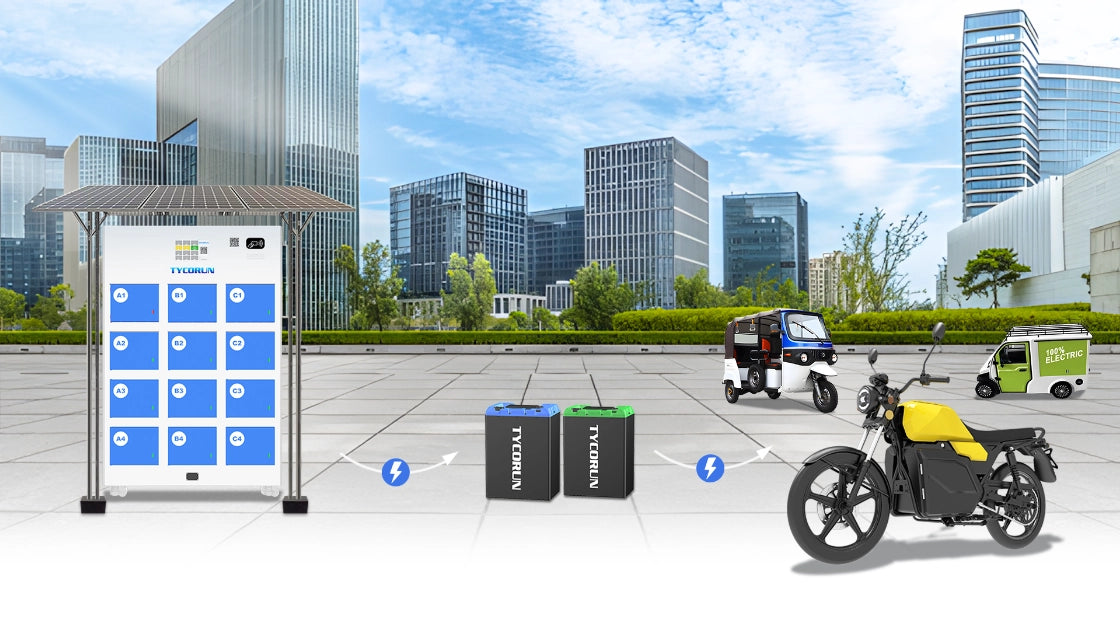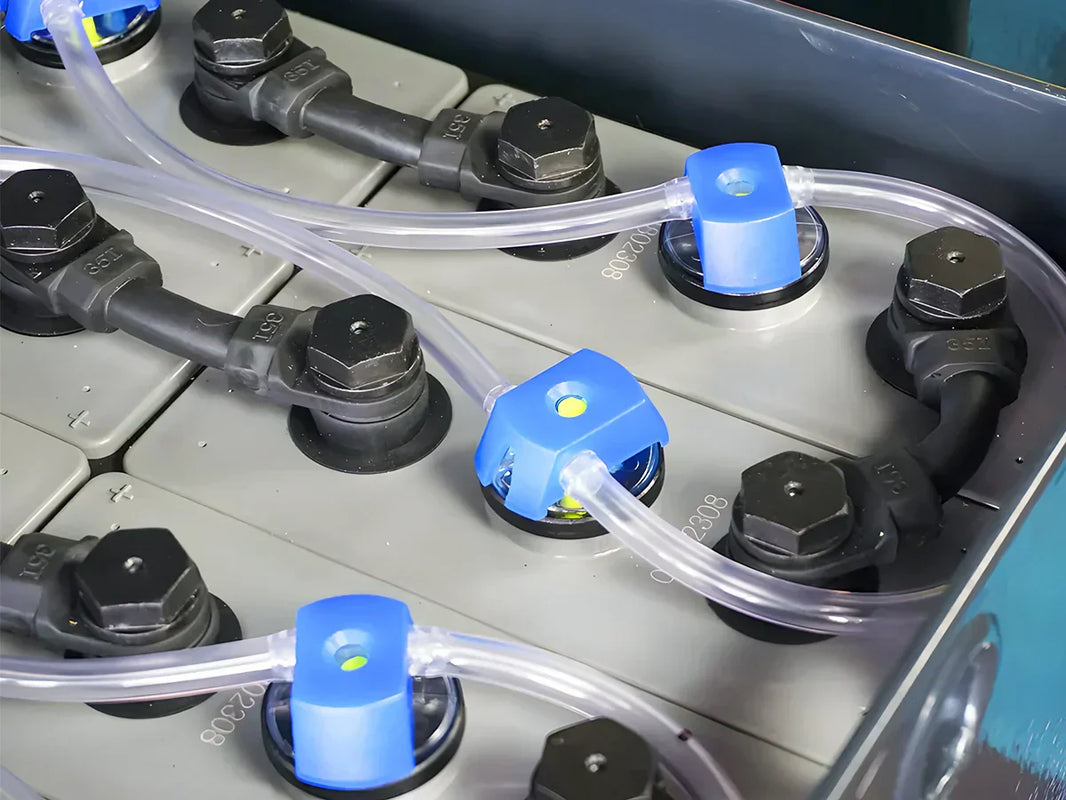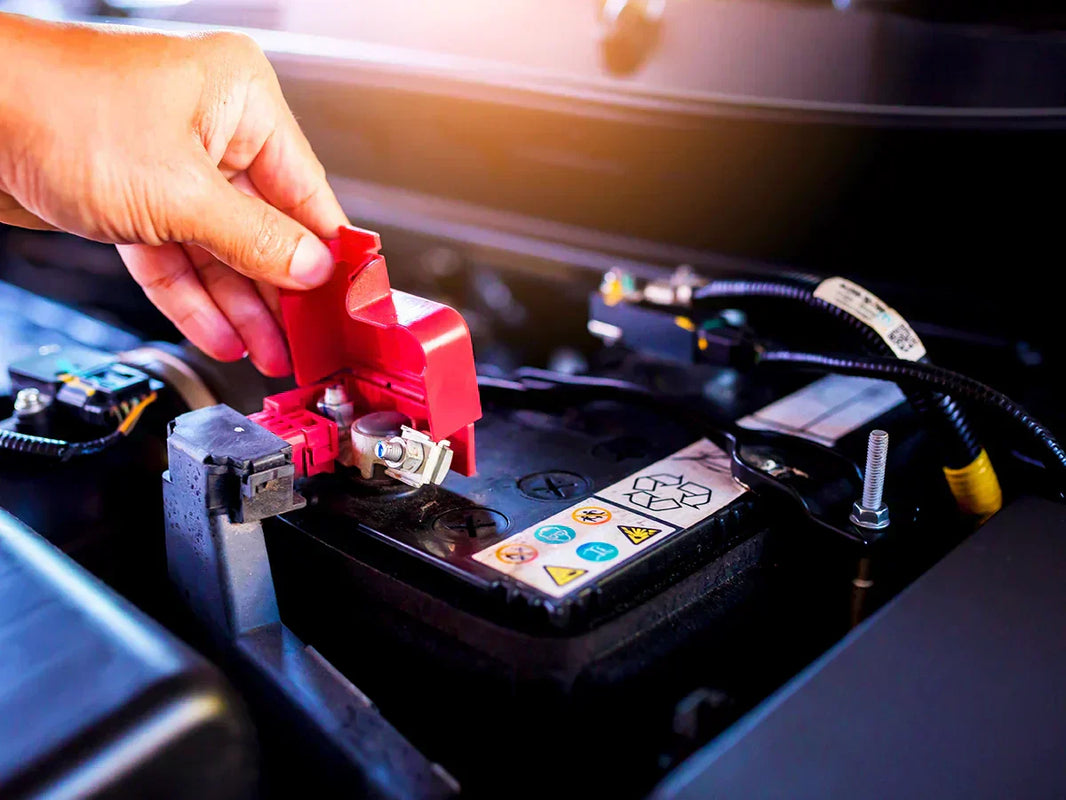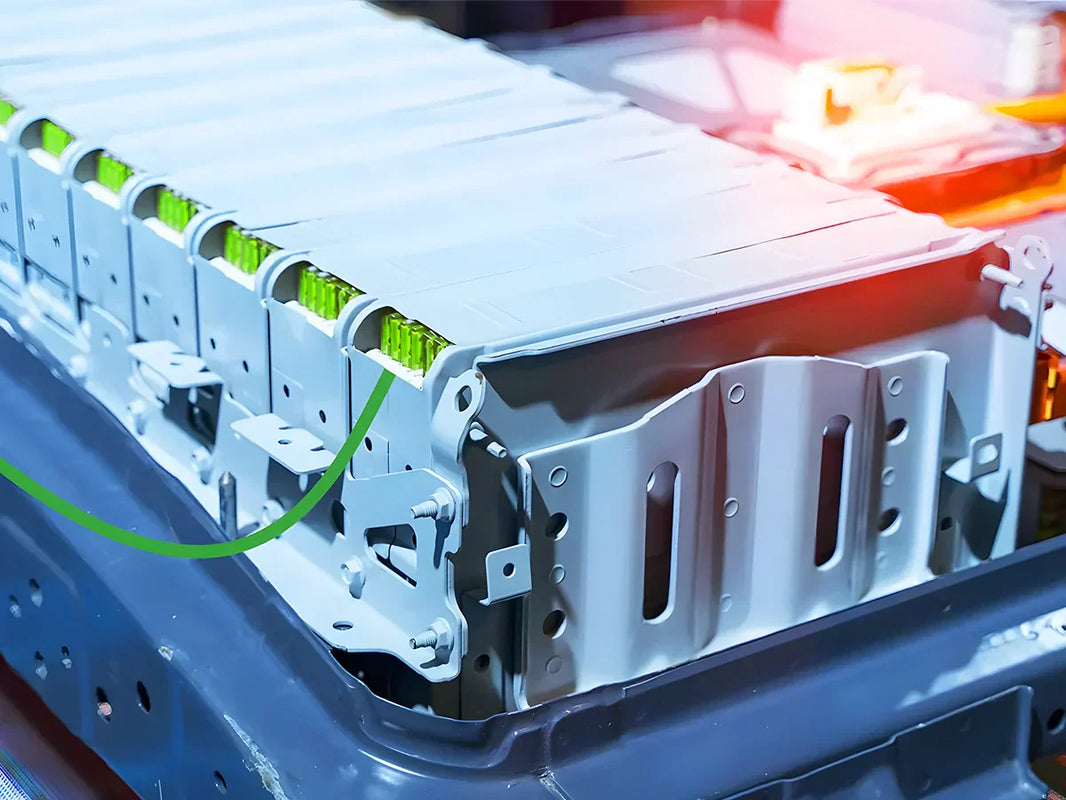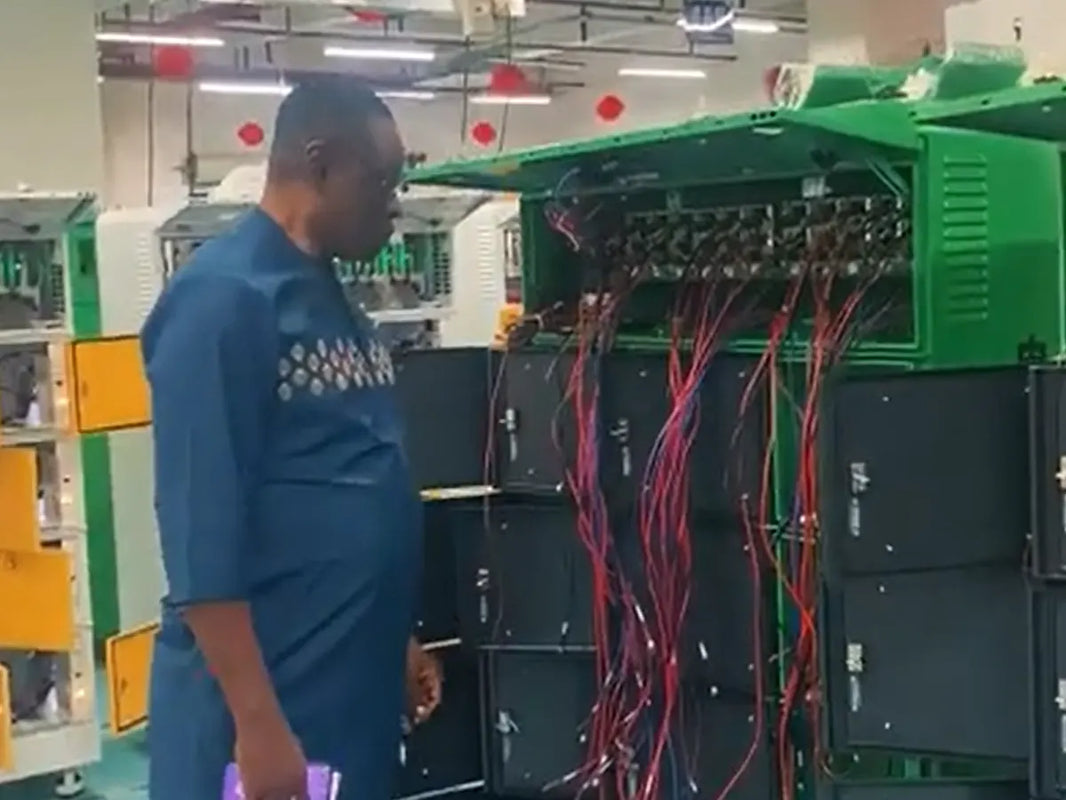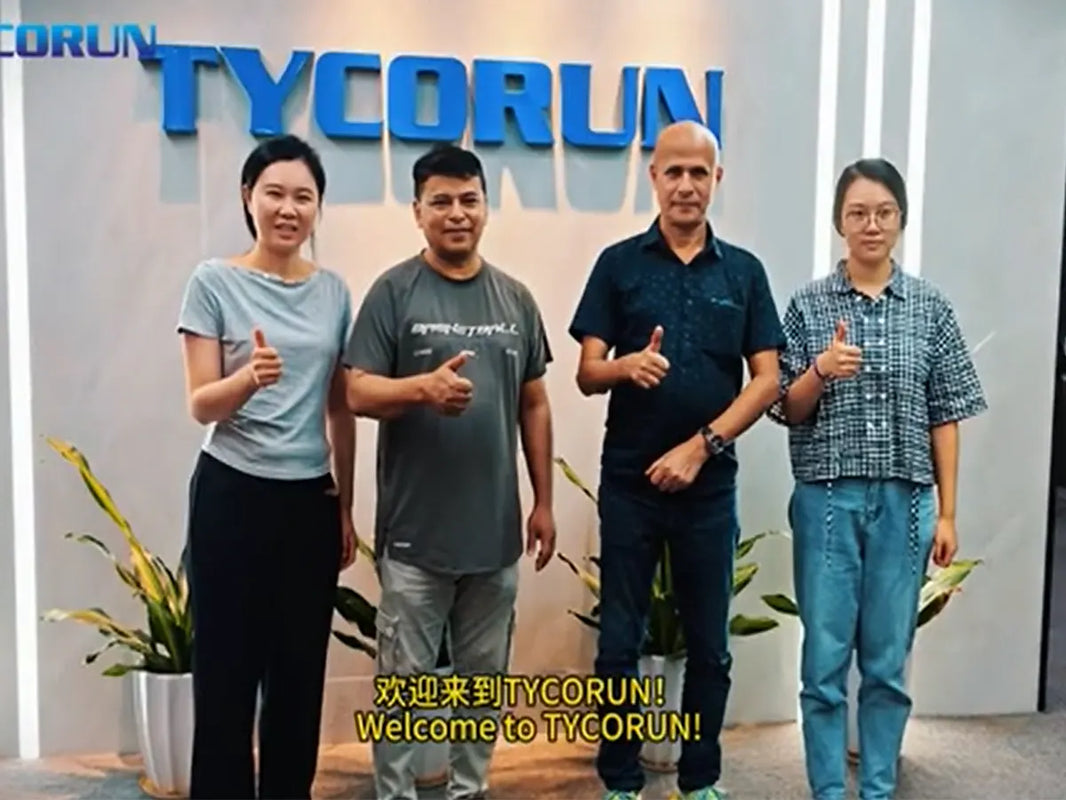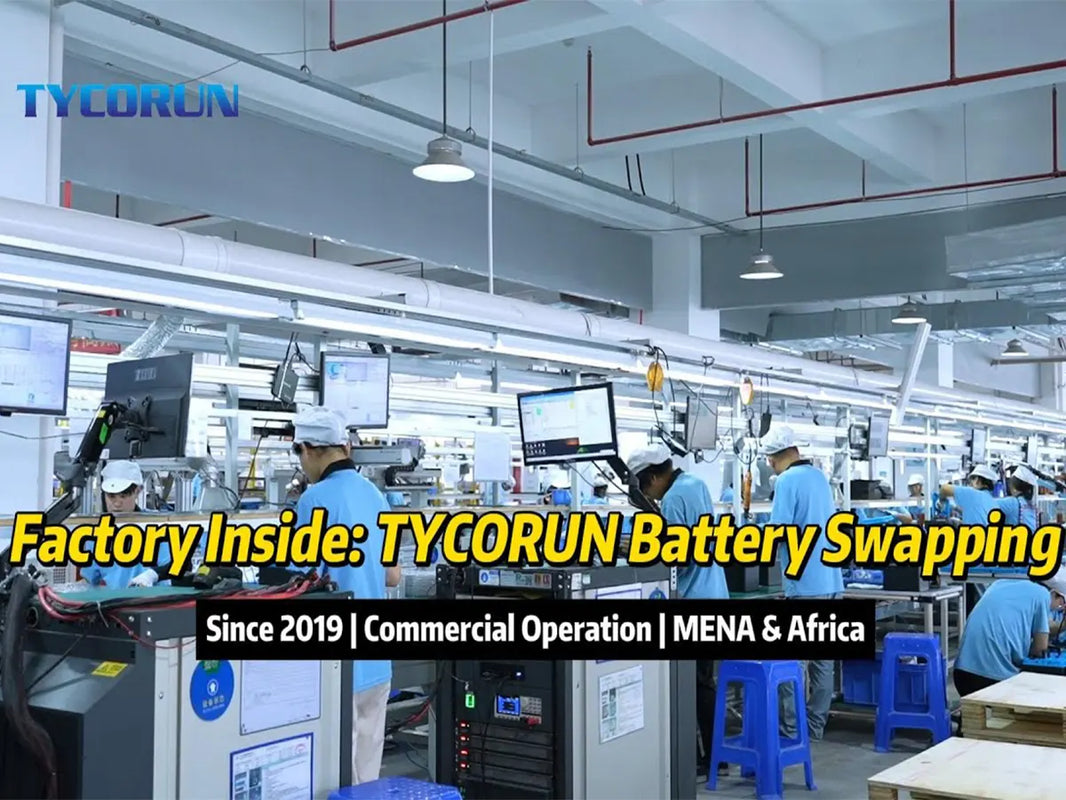
Main content:
- What Is a Lead-Acid Battery?
- Why Do We Need to Add Water?
- When Should You Add Water?
- Which Type of Water Should Be Used?
- How to Add Water Correctly
- What Should Be Paid Attention To When Adding Electrolyte Or Replenishing Water To a Lead-Acid Battery?
- Precautions After Adding Electrolyte or Water
- When Adding Water Won’t Help
- Conclusion
How to replenish electrolytes in a lead-acid battery is actually a very practical maintenance topic. In lead-acid batteries, the electrolyte consists of sulfuric acid and water. During repeated charge and discharge cycles, water gradually evaporates or is electrolyzed into hydrogen and oxygen. Replenishing electrolytes simply means adding distilled or deionized water to restore proper electrolyte levels.
What Is a Lead-Acid Battery?

Lead-acid batteries are batteries whose electrodes are primarily made of lead and its oxides, and whose electrolyte is a sulfuric acid solution. During discharge, the positive electrode is primarily composed of lead dioxide, and the negative electrode is primarily composed of lead sulfate. During charging, both the positive and negative electrodes are primarily composed of lead sulfate. Lead-acid batteries are categorized as vented and maintenance-free.
A battery primarily consists of tubular positive and negative plates, electrolyte, separators, battery compartments, battery covers, battery terminals, and a filler cap. During lead-acid battery maintenance, replenishing the electrolyte essentially means adding water to the battery.
Why Do We Need to Add Water?

As lead-acid batteries are repeatedly charged and discharged, the water in the electrolyte decomposes into hydrogen and oxygen during the charging process. During high summer temperatures, the amount of water decomposed into hydrogen and oxygen increases during charging, causing excessive internal pressure in the battery. This hydrogen and oxygen typically escape through the vents to relieve the pressure, but over time, some of the water evaporates and is lost. When the water content in the electrolyte falls below 40%, the chemical balance within the battery cannot be maintained.
Water loss causes an increase in sulfuric acid concentration. Excessive sulfuric acid concentrations make it difficult to convert lead sulfate into lead dioxide during battery charging. This also hinders the reaction during discharge, making it difficult for lead sulfate adhering to the battery plates to be reduced. This leads to battery sulfation, which increases the battery's internal resistance and rapidly reduces battery capacity. Knowing how to replenish electrolytes can help prevent such issues.
As water evaporates further, the sulfuric acid concentration increases, causing the plates to react violently and generate more heat. Due to the lack of cadmium in modern batteries, their high-temperature resistance deteriorates. Furthermore, thinner plates can cause deformation at high battery temperatures, potentially blocking vents and causing excessive internal pressure.
High temperatures also soften the plastic casing, leading to bulging and deformation under the effects of high pressure and high temperature. Furthermore, increased sulfuric acid concentrations increase the self-discharge rate of lead-acid batteries. For example, a normal lead-acid battery has a daily battery self-discharge rate of about 1%, but batteries with increased sulfuric acid concentrations can experience a self-discharge rate far exceeding 1%.
When Should You Add Water?

If your electric vehicle's lead-acid battery heats up significantly during normal charging after one to a year and a half, it may need to be rehydrated.
- A lead-acid battery with a capacity drop below 20% is severely dehydrated and requires water.
- A lead-acid battery with a capacity drop below 40% or above 20% is significantly dehydrated and requires water rehydration.
- A lead-acid battery with a capacity drop below 60% or above 40% is not significantly dehydrated; if possible, water rehydration will improve the battery's repair effect.
- A lead-acid battery with a capacity drop below 60% or above 40% is not dehydrated and requires no water rehydration.
Under normal circumstances, the amount of water added to each of the six cells of a lead-acid battery should be similar. The specific amount of water needed for each battery depends on the extent of water loss.
Adding water requires caution. If your lead-acid battery is maintenance-free and uses special designs, such as a sealed structure and a lean electrolyte design, which effectively minimize water loss, it generally does not require watering during the battery's service life. Blindly adding water can be counterproductive.
Which Type of Water Should Be Used?

The lifespan of lead-acid batteries used in electric vehicles varies depending on the type. Standard batteries have a lifespan of two years, while graphene batteries have a lifespan of three to five years. Over time, the water in the electrolyte will be lost, while the sulfuric acid in the electrolyte will not.
Therefore, when adding water, always use distilled or deionized water. Avoid the repair solution sold in live streaming platforms. This solution contains a certain concentration of sulfuric acid. Adding this so-called repair solution will increase the sulfuric acid concentration, disrupting the chemical balance within the battery. The most obvious sign is that after fully charging with the repair solution, the battery's performance will decline.
So where can I buy these two types of water? Large supermarkets generally have distilled water sections. If you can't find it, go to a pharmacy, which generally sells distilled water. Search for distilled water or deionized water, find the product, and then click to purchase. You can also buy distilled or deionized water at a nearby electric vehicle repair shop.
How to Add Water Correctly

What's the appropriate amount of water to add to a lead-acid battery? A 12V lead-acid battery has six cells, and the total amount of electrolyte in each cell ranges from tens to hundreds of milliliters, depending on the battery capacity. Usually, only a few to tens of milliliters of electrolyte are needed, ideally just enough to cover the plates. Here's how to add water to a lead-acid battery and how to replenish electrolytes safely:
Preparation of Electrolyte and Tools
Prepare the electrolyte using distilled water and pure sulfuric acid in the following ratio: 500ml distilled water, add 0.5ml pure sulfuric acid. Prepare a standard rubber safety valve. Tools include: a screwdriver, a straw (a disposable syringe can be used instead), transparent polyethylene tubing, a brush with a diameter that fits the straw (syringe) tip, and ABS glue.
Opening the Battery Cover
Pry open the cover on the lead-acid battery along the vent hole. Some lead-acid batteries have covers attached with ABS glue, while others have snaps. Be careful not to damage the cover when prying it open. The rubber caps of the six safety valves will be visible.
Exposing the Vent Holes
Open the rubber caps to expose the vent hole, through which you can see the interior of the lead-acid battery. Some lead-acid batteries have unscrewed safety valves, while others have filler around the rubber caps; be sure to remove this filler.
Injecting the Electrolyte
Use a dropper to draw up the prepared electrolyte and inject it through the vent. The electrolyte should just cover the plates by 1mm. Following this step ensures proper replenishment of electrolytes.
Sealing and Resting the Battery
Cover the vent of the electrolyte-filled lead-acid battery with a breathable covering to prevent dust from entering the vent. Let the battery sit for 24 hours and observe whether there is electrolyte (free acid) flowing inside the vent. If not, refill the vent.
Under normal circumstances, the water replenishment volume for each of the six cells of a lead-acid battery should be similar. The specific amount of water replenished per battery depends on the degree of water loss.
Place a 20cm long transparent polyethylene tubing upward from the vent. Without covering the vent, perform 16.2V constant-voltage, current-limited charging on a nominal 12V lead-acid battery. It is best to place the lead-acid battery in an acid-resistant container during charging to prevent spilled electrolyte from contaminating the environment and corroding equipment. The lead-acid battery is considered fully charged after 3 hours of charging, when the red light begins to flash.
What Should Be Paid Attention To When Adding Electrolyte Or Replenishing Water To a Lead-Acid Battery?
The electrolyte of a lead-acid battery is an aqueous solution of sulfuric acid. In a lead-acid battery, the electrolyte is a component that participates in the reaction. Therefore, the battery capacity is directly dependent on the electrolyte in the battery. Usually, water loss in a power-type VRLA lead-acid battery refers to the loss of water in the electrolyte. The main causes of water loss are as follows:
- Hydrogen or oxygen generated by water electrolysis leaves the battery;
- During the process of grid corrosion, lead (Pb) is converted into lead dioxide (PbO2), and oxygen is absorbed, causing the water-containing component to lose oxygen; water is lost by evaporation;
- Water vapor can also be lost directly through the battery shell wall;
- Water vapor in the battery overflows the battery along with hydrogen and oxygen.
Precautions After Adding Electrolyte or Water
When the battery is replenished with water, the following issues should be noted: After the initial charging of the battery, check whether there is still electrolyte on the surface of the lead-acid battery group: If there is no electrolyte, replenish the electrolyte before charging; if there is electrolyte around the 6 grids, use a straw to suck out the excess electrolyte.
Before replenishing water, all lead-acid batteries that need to be replenished are operated under a high sulfuric acid concentration state. The lead-acid batteries have different degrees of sulfation, whether light or heavy, so the lead-acid batteries after replenishing water must be pulse desulfurized. When adding electrolyte or replenishing water to the lead-acid battery, pay attention to the following points:
- The electrolyte can be 1.0-1.5mm higher than the plate. For lead-acid batteries with two red lines, the electrolyte must not exceed the upper red line. If the electrolyte is too full, it will overflow from the small hole in the upper cover of the lead-acid battery. Because the electrolyte is conductive, once it flows between the positive and negative poles of the lead-acid battery, a self-discharge circuit will be formed. In this case, the electrolyte should be wiped off or rinsed with water.
- If something accidentally falls while adding electrolyte, do not use metal objects to pick it up. Use a wooden stick to pick out the impurities. If you use iron wire or copper wire to pick it up, the metal molecules will enter the lead-acid battery under the corrosion of sulfuric acid, causing self-discharge and damaging the lead-acid battery.
- During the charge and discharge repair process of the lead-acid battery, the water in the electrolyte will gradually decrease due to electrolysis and evaporation, causing the electrolyte level to drop. If it is not replenished in time, it may shorten the service life of the lead-acid battery. Distilled water should be added in time.
When Adding Water Won’t Help
There are two types of batteries that will not be helped by adding water. Of course, even if the battery is short of water, adding water to repair the battery life is not a "universal solution". It requires certain prerequisites. For two types of batteries, if the battery life is reduced or the battery is dehydrated, it is not recommended to add water. It is recommended to replace the battery directly.
The first type is a three-year-old lead-acid battery. As we all know, the standard weight of lead-acid batteries has dropped to 6.5 kg since 2018. This reduction in lead plate density has reduced battery durability. By the time a battery reaches three years old, its internal components will have deteriorated significantly, and rehydrating the battery will be of little use.
The second type is a lead-acid battery with bulging. Bulking is a common occurrence, primarily due to various factors, such as battery heat and prolonged water loss. However, once bulging occurs, it is irreversible, and rehydrating the battery is of little use. It is recommended to simply replace the battery.
Conclusion
How to replenish electrolytes for a lead-acid battery mainly involves adding the right amount of distilled water to maintain the proper sulfuric acid concentration. Doing this correctly can help balance the chemical reaction, reduce sulfation, and extend the battery life.
Related articles: gel battery vs lead acid, lifepo4 vs lead acid, lead acid vs lithium ion

